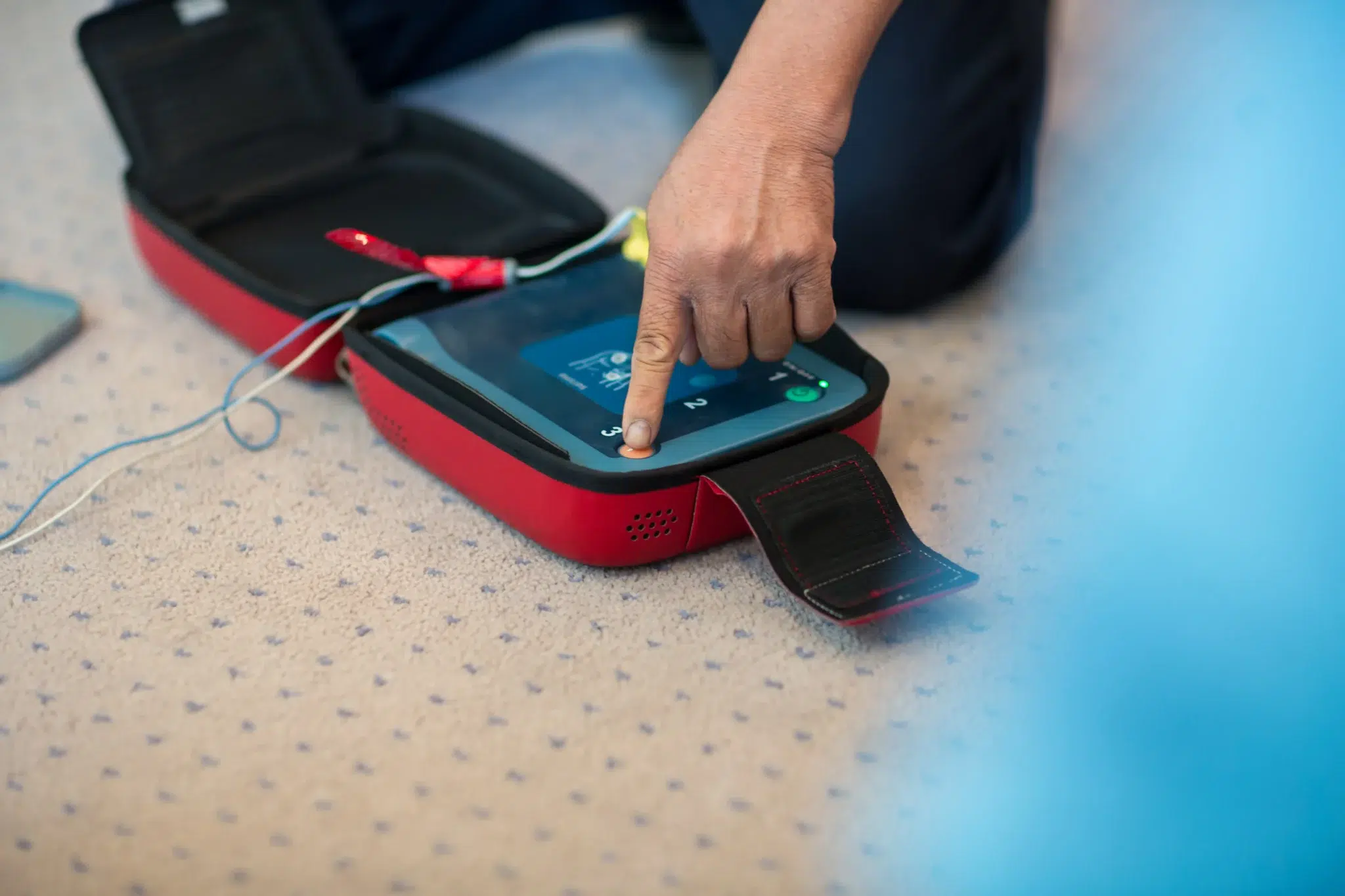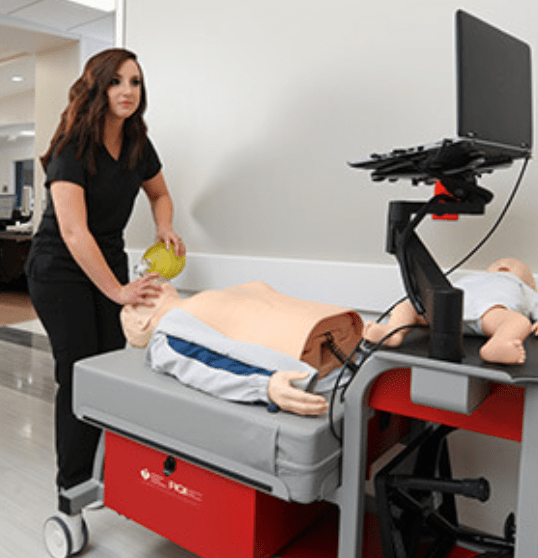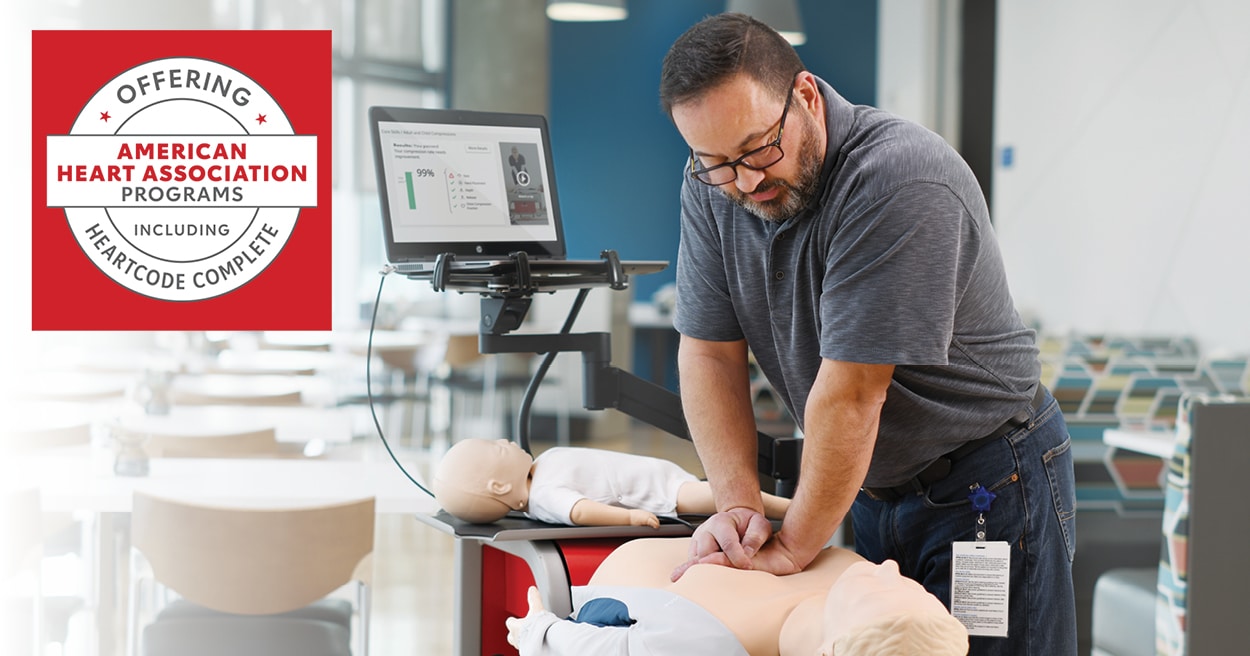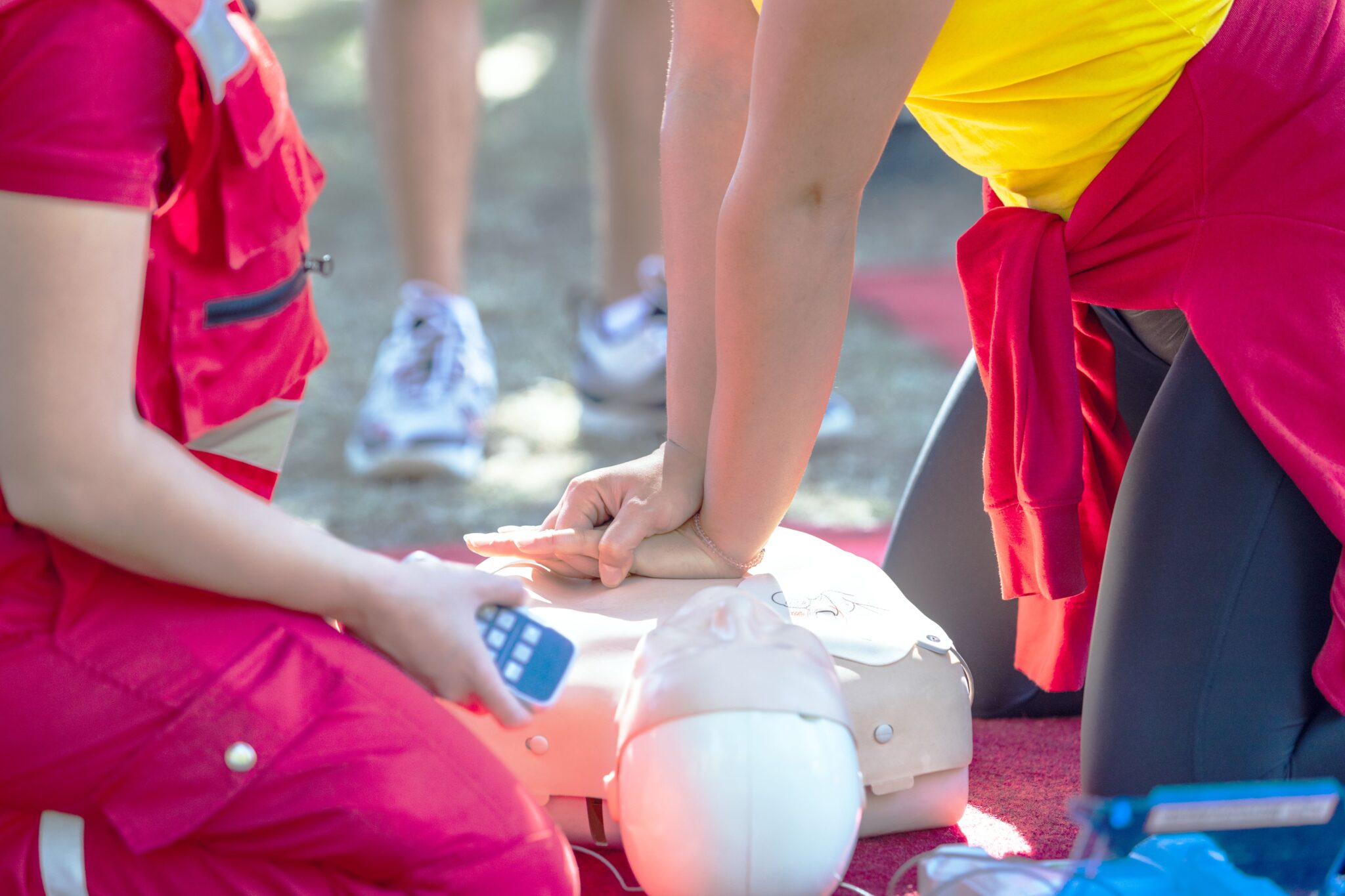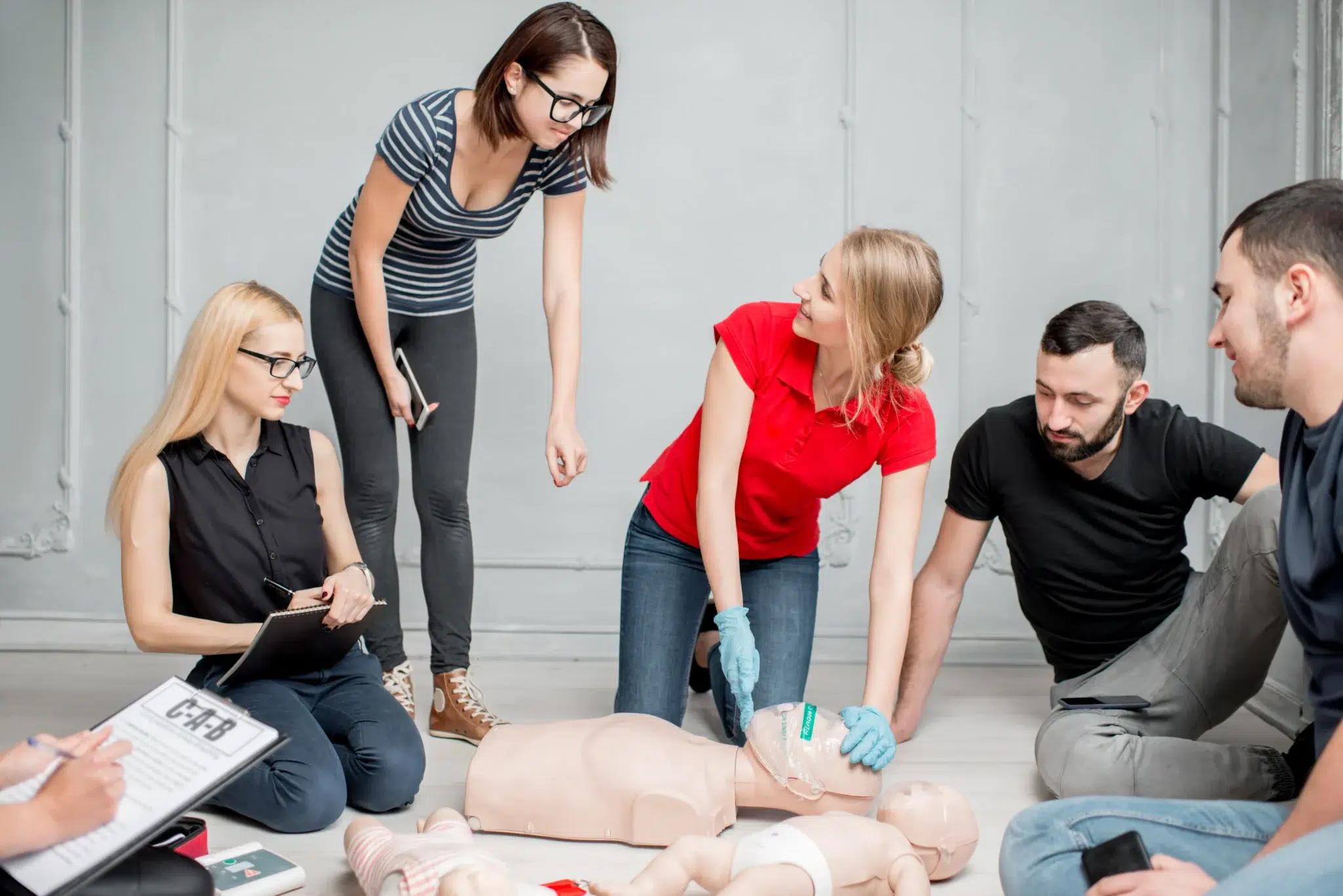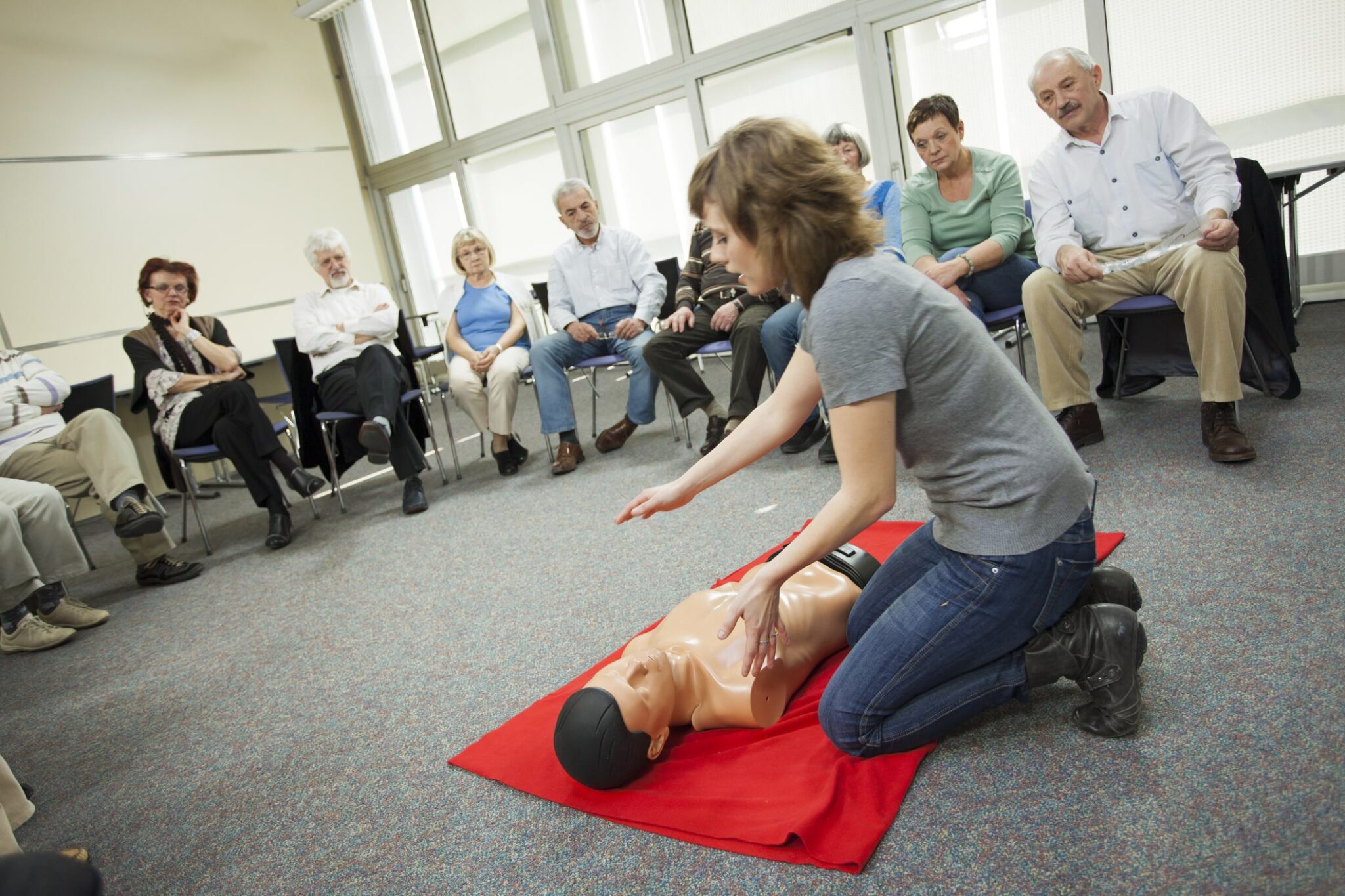Life with children is full of surprises, and not all of them are pleasant. Accidents happen, and knowing how to respond can make all the difference. This guide serves as your roadmap to pediatric CPR and first-aid in SF, offering valuable insights into finding the right training, understanding key techniques, and building a comprehensive family emergency plan. We’ll explore the unique aspects of pediatric care, address common misconceptions about CPR, and provide you with the resources you need to choose a course that fits your lifestyle and learning preferences. Let’s work together to create a safer environment for the children in our community.
Key Takeaways
- Pediatric CPR and first aid equip you to handle emergencies involving children: These skills are crucial for responding effectively to various situations, from minor injuries to life-threatening events. Look for a comprehensive course with hands-on practice.
- Choosing the right course requires careful consideration: Evaluate factors like cost, schedule, location, instructor experience, and course content. Reviews and testimonials can offer valuable insights into a program’s quality.
- Preparedness extends beyond initial training: Create a family emergency plan, practice your skills, and take refresher courses to maintain your knowledge. Explore additional resources to build confidence and create a safe environment for children.
What is Pediatric CPR and First Aid?
Knowing how to respond to a medical emergency involving a child can be life-changing. Pediatric CPR and first aid equip you with the skills to handle such situations. These courses cover various topics, from treating minor injuries like cuts and burns to managing life-threatening emergencies like choking and cardiac arrest. While there are some similarities to adult first aid and CPR, pediatric techniques are adapted to a child’s smaller body.
Why Pediatric-Specific Training Matters
Children aren’t just small adults; their bodies react differently to injuries and illnesses. That’s why pediatric-specific training is crucial. A pediatric first aid course provides the knowledge and confidence to respond appropriately to a child’s medical needs. Beyond the physical techniques, pediatric first aid also emphasizes emotional support, a critical aspect often overlooked. Providing reassurance to a frightened child can significantly impact their recovery.
Key Skills in Pediatric CPR and First Aid Courses
In a pediatric CPR and first aid course, you’ll learn essential, potentially life-saving skills. These courses cover various scenarios, from recognizing the signs of a medical emergency to administering CPR and providing basic wound care. You’ll learn how to assess a child’s condition, perform age-appropriate CPR compressions and rescue breaths, and use an AED if necessary. The American Heart Association offers standardized Heartsaver Pediatric First Aid CPR AED courses, ensuring you receive high-quality instruction.
Common Misconceptions
Many people hesitate to learn CPR due to common misconceptions. Some worry about performing CPR incorrectly or causing further injury. Others are reluctant to perform mouth-to-mouth resuscitation. These fears, while understandable, often prevent individuals from acquiring a skill that could save a life. It’s important to remember that even imperfect CPR is better than no CPR. Furthermore, studies show that even those who have received formal CPR training may not accurately recall the correct techniques, highlighting the importance of refresher courses. Don’t let these misconceptions hold you back. The benefits of knowing pediatric CPR and first aid far outweigh any perceived risks.
Where to Find Pediatric CPR and First Aid Training in San Francisco
Finding the right pediatric CPR and first aid training is essential for anyone caring for children. Fortunately, San Francisco has several options to suit various needs and schedules. Here are a few places to explore:
Safety Training Seminars
Safety Training Seminars provides American Heart Association (AHA) certified courses in CPR, First Aid, and other life-saving techniques. Their focus on high-quality, affordable training makes them a solid option for comprehensive instruction. Visit their website for course schedules and details on their certification programs. Their low price guarantee ensures you’re getting excellent value.
American Red Cross
The American Red Cross offers a range of CPR and First Aid courses, including pediatric-specific training, in San Francisco. With their established curriculum and experienced instructors, they’re a dependable choice for individuals and families seeking reliable instruction. Find class schedules and registration information on their website.
Children’s Council of San Francisco
The Children’s Council of San Francisco offers resources and training for caregivers and educators. They periodically host CPR and Pediatric First Aid workshops, often focusing on topics relevant to childcare professionals. Check their website’s events calendar for upcoming workshops.
San Francisco State University Campus Recreation
For those connected to the university or living nearby, San Francisco State University’s Campus Recreation Department offers a convenient training option. They provide American Red Cross-certified Adult and Pediatric First Aid, CPR, and AED training. Their blended learning approach, combining online and in-person components, provides flexibility for busy individuals.
Health & Safety Institute (HSI)
The Health & Safety Institute (HSI) offers a dedicated Pediatric First Aid, CPR, and AED training program. This program is a good choice for those wanting in-depth pediatric care training, particularly professionals in healthcare and education. Explore their website for program details and training locations.
Course Details and Certification
This section covers what to expect from a pediatric CPR and first aid course, including class structure, key content, certification details, and important differences between adult and pediatric CPR techniques.
Class Duration and Structure
Pediatric CPR and first aid certification courses typically take a single day to complete. Similar to the workshops offered by the Children’s Council of San Francisco, many courses run from morning to late afternoon. This allows ample time to cover the essential material and get plenty of hands-on practice. Some courses may also offer a blended learning format, combining online learning with an in-person skills session, as described by the American Red Cross. This flexible approach lets you study the theory at your own pace before demonstrating your skills in a practical setting.
Content Overview and Hands-on Training
In a pediatric CPR and first aid course, you’ll learn how to respond to various emergencies involving infants and children. As highlighted by Surefire CPR, the curriculum equips you with the knowledge and skills to handle situations like choking, breathing difficulties, allergic reactions, and injuries. Hands-on practice is a crucial part of these courses. You’ll practice CPR techniques on infant and child mannequins, building the confidence to act quickly and effectively in a real emergency.
Certification Process and Validity
Upon successful completion of a pediatric CPR and first aid course, you’ll receive a certification card. This certification, like the one offered by SFSU Campus Recreation, is usually valid for two years. The American Heart Association also provides a two-year certification for their Heartsaver Pediatric First Aid CPR AED course. Remember to renew your certification before it expires to maintain your qualifications.
Adult vs. Pediatric CPR Techniques
While some basic principles overlap, pediatric CPR has key differences from adult CPR. Distinctions include the force and depth of compressions and the methods used to open the airway. CPR Certification Now discusses the importance of emotional support and reassurance in pediatric first aid, a factor not as prominent in adult care. The American Red Cross offers combined adult and pediatric first aid/CPR/AED courses that cover these crucial differences, preparing you to handle emergencies for all ages. Understanding these variations is vital for providing safe and effective care.
Cost and Scheduling
Finding the right pediatric CPR and first aid class involves balancing several factors, including cost, schedule, and location. Let’s break down what you can expect in San Francisco.
Course Prices in San Francisco
CPR and first aid course prices in San Francisco typically range from $55 to $100 or more, depending on the provider and the course content. A basic CPR/AED course covering adults, children, and infants might cost around $55 for a 90-minute session. More comprehensive courses, including first aid training or specialized certifications, will likely be more expensive. Remember to factor in any additional costs, such as study materials or parking. At Safety Training Seminars, we offer competitive pricing and a low-price guarantee to ensure you receive high-quality training at a fair price. We also offer American Heart Association certification courses, including BLS, ACLS, and PALS.
Discounts and Financial Aid
Many training providers understand the importance of making these lifesaving skills accessible. Look for organizations offering student discounts or other financial aid options. Some employers may also cover or reimburse the cost of CPR and first aid training for their employees. Don’t hesitate to ask potential providers about any available discounts or payment plans.
Find Upcoming Classes
Finding a class that fits your schedule is easier than ever. Many organizations publish their course calendars online. You can often filter by date, time, and location to find a class that works for you. Safety Training Seminars offers classes daily across multiple locations, providing flexibility for busy schedules. We also offer RQI programs specifically designed for healthcare professionals.
Choose the Right Location
Convenience is key when choosing a course location. Consider factors like proximity to your home or work, available parking, and public transportation access. Check the provider’s website for maps and directions to ensure the location is easily accessible. Safety Training Seminars serves San Francisco, Daly City, San Mateo, and Oakland, CA, making it convenient for residents across the Bay Area.
Choose the Best Pediatric CPR and First Aid Course
Finding the right pediatric CPR and first aid course takes a little homework. It’s a crucial decision, so consider these factors to make the best choice.
Factors to Consider
When choosing a pediatric first aid course, ensure it aligns with your specific needs. Consider who will primarily use these skills. A comprehensive course should cover a wide range of topics relevant to children’s safety, including choking prevention and response, CPR for infants and children, and basic first aid techniques. Safety Training Seminars offers pediatric first aid training covering these essential skills.
Check Reviews and Testimonials
Before committing to a course, check out past participant feedback. Reviews and testimonials offer valuable insights into a program’s quality and effectiveness. Look for courses with consistently positive reviews that mention clear instruction, engaging content, and practical hands-on components. These real-life experiences can help you find the best course for your learning style.
Instructor Qualifications and Style
The instructor’s expertise and teaching approach significantly impact your learning. Verify that instructors have current certifications and experience teaching pediatric CPR and first aid. A skilled instructor creates a comfortable learning environment, answers questions effectively, and provides helpful feedback. Consider your preferred learning style and choose a course that complements it. Safety Training Seminars prioritizes experienced, dedicated instructors.
Cultural Sensitivity and Language Options
If you need training for a diverse group, consider cultural sensitivity and language accessibility. Look for courses offering materials in multiple languages and incorporating culturally sensitive teaching methods. This ensures everyone can understand and apply the skills, regardless of background. Inclusive training creates more confident and prepared caregivers.
Prepare for Emergencies and Continued Learning
Knowing pediatric CPR and first aid is empowering. But true preparedness comes from integrating these skills into a broader plan and committing to continued learning. This section covers essential next steps after your training.
Create a Family Emergency Plan
A family emergency plan helps you prepare for unexpected situations, from minor injuries to major events. Discuss potential scenarios with your family and create a step-by-step plan that includes contact information, meeting points, and escape routes. Knowing how to respond to situations like choking is a crucial part of any family emergency plan. A pediatric first aid and CPR course teaches you how to handle these situations, giving you the confidence to act quickly and effectively in a crisis.
Build Confidence
Learning pediatric first aid and CPR isn’t just about acquiring skills; it’s about building confidence. Equipping yourself with this knowledge empowers you to respond effectively in emergencies, protecting the children in your care. This confidence extends beyond your immediate family. You’ll be better prepared to assist other children in your community, whether at the park, a friend’s house, or during school events. Pediatric first aid training covers a wide range of situations, giving you the tools to handle everything from minor cuts and scrapes to more serious injuries.
Why Refresher Courses Matter
Like any skill, CPR and first aid techniques evolve. Regular refresher courses ensure your knowledge and skills remain current. The American Red Cross offers updated courses covering a variety of first aid, breathing, and cardiac emergencies for adults, children, and infants. These courses incorporate the latest guidelines and best practices, ensuring you’re prepared to provide the most effective care. Regularly refreshing your skills also helps maintain muscle memory and reinforces best practices, making you more effective in a real emergency.
Additional Resources for Caregivers
Beyond formal training, many resources can support caregivers in their efforts to provide safe and healthy environments for children. Online communities, parenting groups, and local organizations offer valuable information and support. When choosing resources, consider factors like cultural sensitivity and inclusivity to ensure the information aligns with your values and the needs of the children in your care. Look for resources that address specific concerns, such as allergies, special needs, or religious considerations, to create a truly inclusive and supportive environment.
For those interested in learning life-saving skills, BLS CPR Classes in Vallejo offer comprehensive training that prepares you for emergencies. You can also expand your knowledge through specialized programs like those at UCSF, enhancing your expertise in pediatric CPR and first aid.
Frequently Asked Questions
How often should I renew my pediatric CPR and first aid certification? Certifications are typically valid for two years. It’s a good idea to renew before it expires to ensure your skills and knowledge are up-to-date. Many organizations offer renewal courses that are shorter than the initial certification course.
What if I’m nervous about performing CPR in a real emergency? It’s completely normal to feel apprehensive. That’s why hands-on practice during training is so important. These courses help build your confidence and prepare you to respond effectively under pressure. Remember, even imperfect CPR is better than no CPR.
Is pediatric CPR significantly different from adult CPR? Yes, there are key differences in techniques, particularly regarding the force and depth of compressions and how you open a child’s airway. A pediatric CPR course will specifically cover these differences. Some courses combine adult and pediatric CPR training, allowing you to learn both skill sets.
What if I can’t afford the cost of a pediatric CPR and first aid course? Check with various training providers about potential discounts, payment plans, or financial aid options. Some employers also reimburse employees for these training costs. Don’t let cost be a barrier to learning these essential skills.
How can I make sure my family is truly prepared for a medical emergency involving a child? Taking a pediatric CPR and first aid course is a great first step. Combine this with creating a family emergency plan that includes contact information, meeting points, and escape routes. Regularly practicing your skills and reviewing your plan will further enhance your preparedness.


